Mobilised
Kenya’s financial revolution gives me hope (6 minute read)
For days, a spiny, grey plant with pale yellow flowers drove me crazy. I kept spotting it out of the window of the vehicle I was travelling in on the way to the Maasai Mara, but whenever we stopped, it was nowhere to be seen. Something in the back of my mind kept saying it’s a type of poppy, but there was no poppy in my field guide. I went through every page, but nothing resembled it. Olemaantu, my guide, didn’t know the name of it. I was stuck. It kept nagging at my brain.
I’m like that with plant identification. If I see something I don’t know, I’ll try to work it out. Even when I’m not consciously thinking about it, a little engine will be running in my brain, trying to get the answer. Being in Kenya, where there were so many unfamiliar plants, was fascinating but also aggravating.
Finally, we stopped at a café in Narok, on our way back to Nairobi. On the far side of a service station forecourt, I saw the spiny, grey plant which had been bothering me. I nipped across and got a couple of quick pictures. The nagging voice saying poppy, poppy got stronger, even though, when I saw it close up, I didn’t think I’d ever seen it before.
Since it was definitely not in my field guide, I decided to try an app. And that gave me the correct answer – Mexican prickly poppy. I could relax, I had my answer.
In Kenya, I spent a lot of time staring out the window of vehicles. I kept spotting interesting plants and trying to take photos of them. If anyone decides to write a Kenyan version of “Roadside Wildflowers at Full Speed”, I’ll be able to contribute (click the link, there really is such a guide).
But it wasn’t just the plants I was watching. I find street scenes enthralling. Every country I’ve visited, the streets have been different. The people are different, the clothes are different, the buildings are different, the shops are different. As I watch, I want to know the stories behind what I’m seeing.
One story I did hear about was the story behind a ubiquitous green sign saying M-PESA. I heard about it from Moses, the guide who took me to the Karura Forest on my second day in Kenya. Although it’s not a science or environment story, I want to tell you about it, because it’s a story which gives me hope about the state of the world.
One of climate change’s big challenges is that it’s not simply a matter of switching all our fossil fuel use to renewable energy. Countries like Kenya simply don’t have enough energy for their population. And Kenya isn’t doing too badly in comparison with its neighbours. To the south, only around a third of Tanzanians had access to electricity in 2017. To the north-west, in South Sudan, only 1% had access to electricity in 2017, even though South Sudan has plenty of energy – it’s East Africa’s largest oil producer.
Somehow, we have to find ways for these countries to supply electricity to their citizens. And we can’t do it using a lot of fossil fuels if we want to survive. The story of M-PESA isn’t about climate change, but it does offer a vision for how a process could work.
M-PESA started with a different kind of revolution, a communication revolution. I’m old enough to remember when almost everyone in New Zealand had a landline and a mobile phone was Maxwell Smart’s shoe on the TV series ‘Get Smart’. I can remember the arrival of mobile phones, when they were brick-sized, expensive and rare. My answerphone message for the first mobile phone I owned said that I was too embarrassed to answer it and so please leave a message.
But very quickly, they came down in price. Soon, lots of people owned mobile phones. I lugged around a lime-green Nokia 5110 and was no longer too embarrassed to answer it.
Around that time, in 2002, cellphone ownership in countries like Kenya was around 10% (although in many other African countries, it was lower). I don’t know what percentage of Kenyans had landlines, but at that time only around 10% had electricity, so I’m going to make a guess that landline access wasn’t great either. However, over the next few years, something happened in Africa. Mobile phones took off. By 2012, more than half of Africans owned a cellphone. The numbers kept growing. Today, around 95% of Kenyans own a mobile phone. Even South Sudan, with only a tiny percentage of the country electrified, has nearly 30% mobile phone ownership. Africa leapfrogged fixed lines and went straight to mobile.
It changed the whole of Africa, and not just because it opened up a world of communication. Kenya turned mobile phones into a nationwide banking system. Not smartphones, but good old button phones.
Even before mobile phone banking was formalised, Kenyans began using airtime as a kind of currency. When they had spare money people would buy minutes and then resell them. It was used as a way of transferring money to relatives and it was both safer and more convenient than cash. There were many more vendors selling airtime than there were banks.
Safaricom, Kenya’s largest mobile phone company, began developing a way for people to send money via text message. In 2007, they launched M-PESA, pesa being the Kiswahili word for money. M-PESA was intended to be a way for people to repay microloans, but before long Kenyans were using it for everything. People who had never had a bank account suddenly had a way to manage money that didn’t involve carrying cash.
M-PESA agents are everywhere in Kenya. Wherever there was a small cluster of shops, I would see the green sign. All someone needs to do is walk into one of these shops, register for M-PESA and give the agent some cash. Then the agent sends them a text message confirming they have the money. Transactions can be made via text message using a secure PIN.
By 2016, 96% of Kenyan households used M-PESA and it was transforming lives. Studies found that access to M-PESA was allowing people to cope with adverse events, protect themselves against loss of income and in some cases it lifted people out of poverty. In female-headed households, which have higher rates of poverty than male-headed households, the difference was even more profound. Kenya has raced ahead of similar countries in terms of financial inclusion.
M-PESA has spread from Kenya too, and not only in Africa. In Afghanistan, the government (pre-Taliban takeover) decided to try paying police officers using their version, M-PAISA. The police officers thought that someone had made a mistake and overpaid them. In fact, they had received the correct amount, but when they had been paid in cash, various people were skimming it off before it reached the intended recipients. Kenya’s innovation was fighting corruption.
M-PESA doesn’t solve climate change and it doesn’t solve Kenya’s energy problems, but it has improved lives. But more than that, it’s a reminder that solutions don’t have to be adaptations of old ways of doing things. When I feel overwhelmed by the problems I see, whether in Kenya or here in New Zealand, the story of mobile phones and M-PESA makes me feel hopeful.
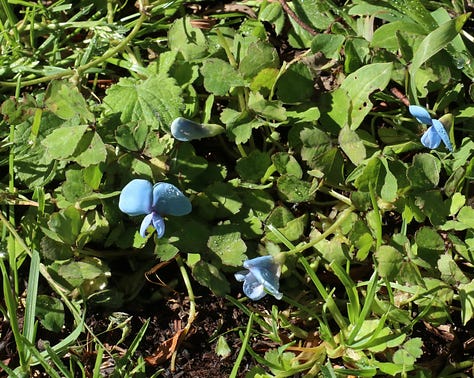
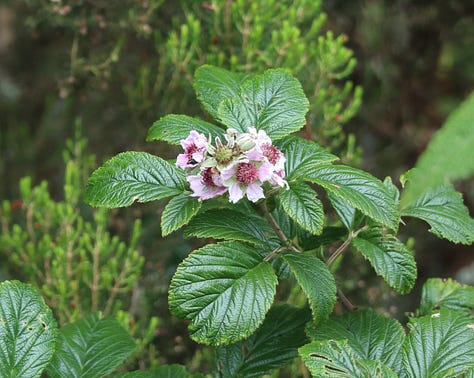

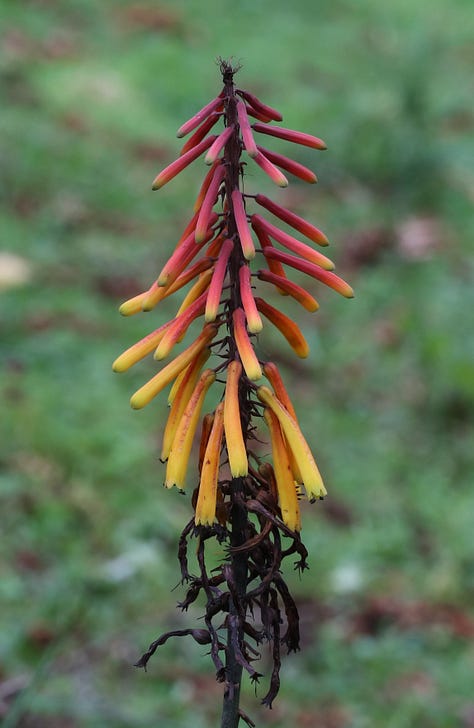
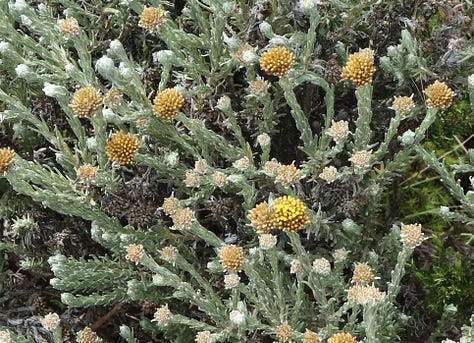
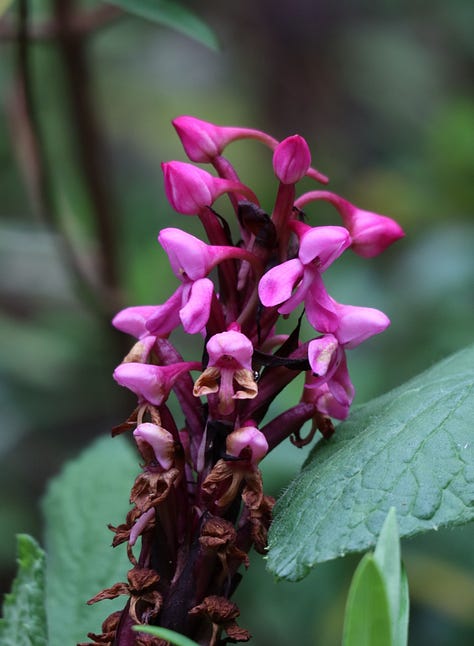



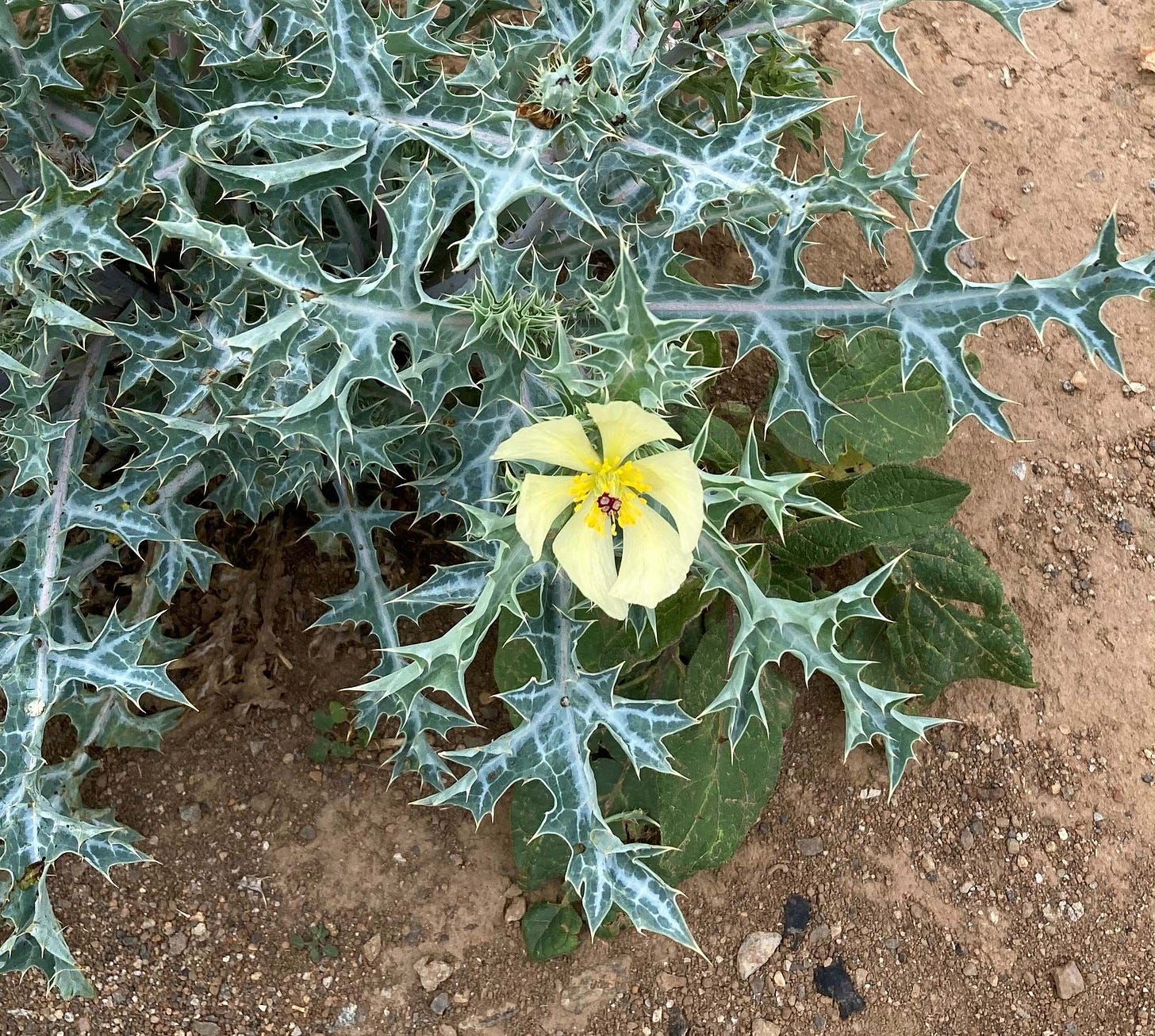
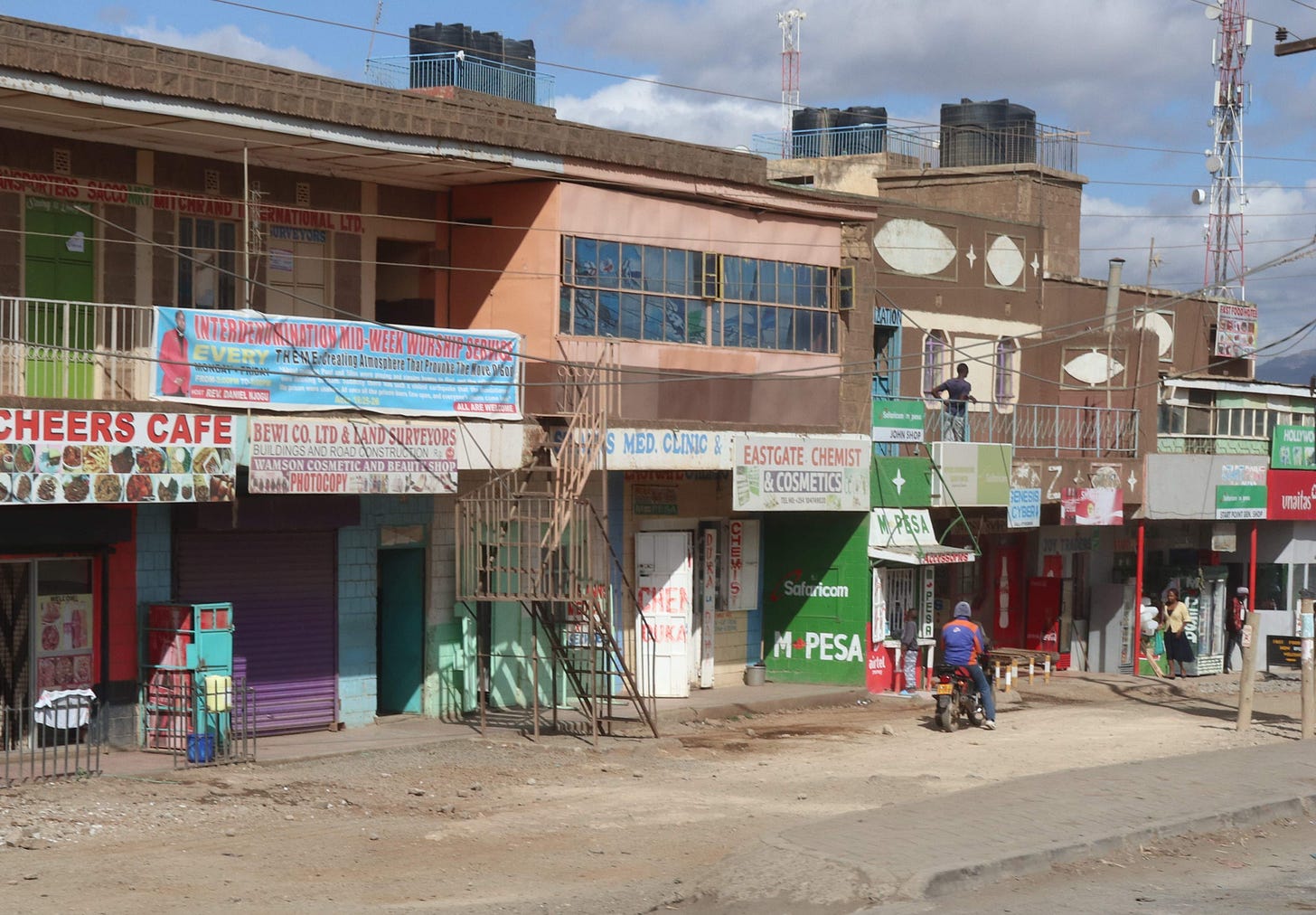

Love this Melanie. I’m curious though. How do all the people with mobile phones charge them without electricity? Solar panels? Thanks. Bernard
That's a great story, Melanie, thank you so much for sharing it.